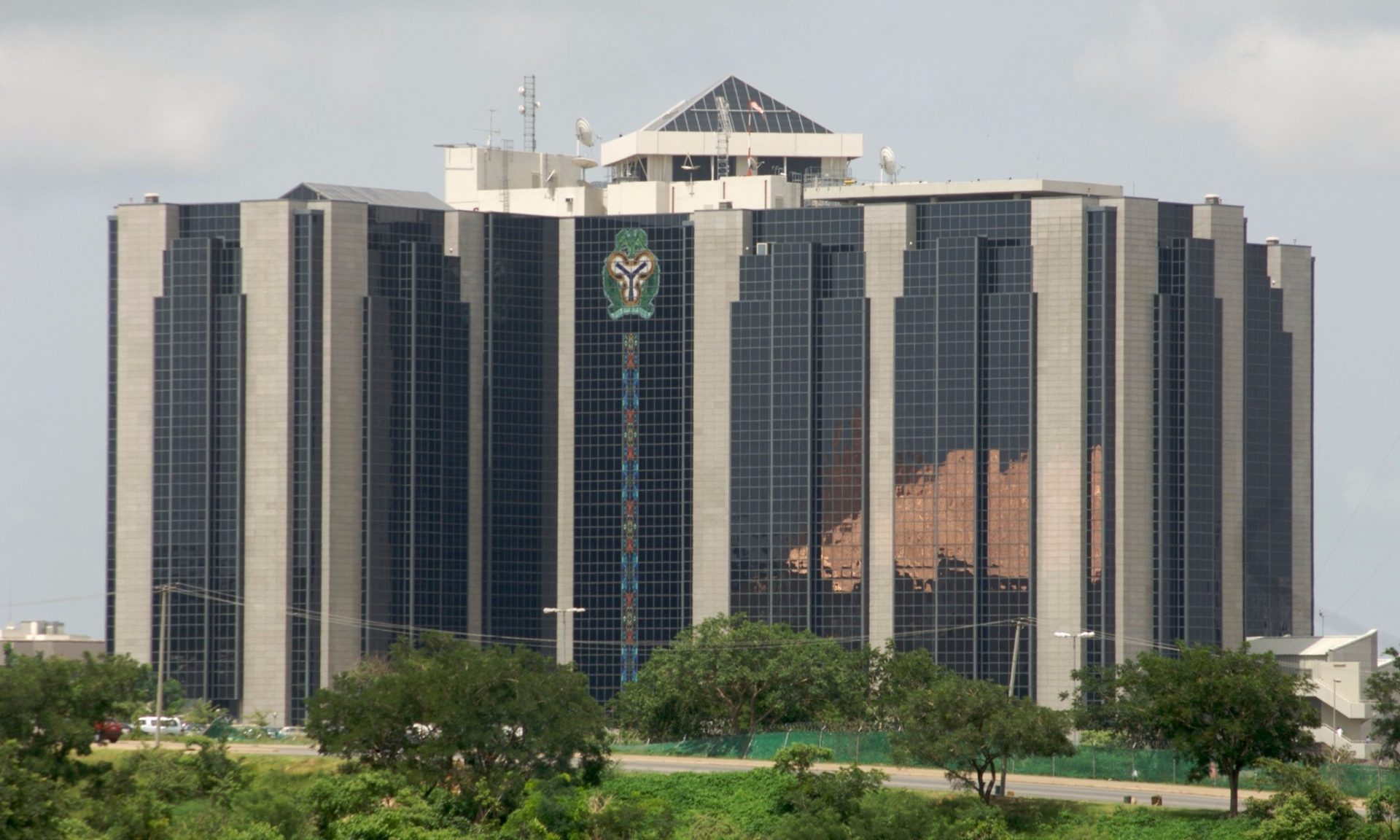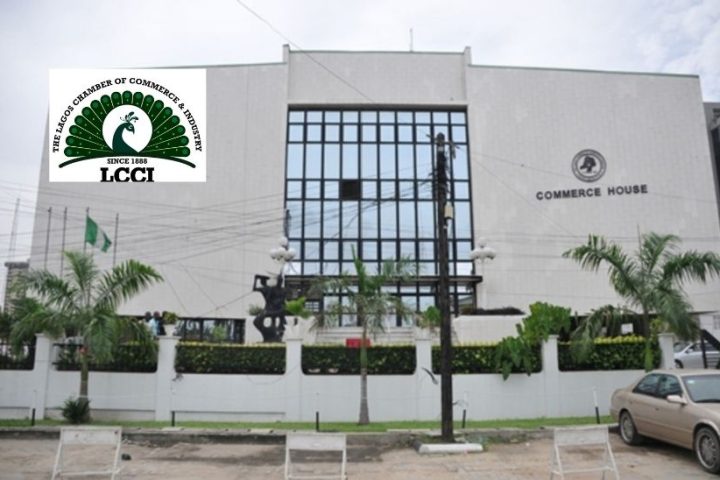The manufacturing and non-manufacturing Purchasing Manager’s Indices for November 2021, according to CBN, remained below the 50 index points at 47.3 and 47.5 index points.
The Deputy Governor, Financial Systems Stability Directorate, CBN, Aishah Ahmad, who is also a member of the Monetary Policy Committee, disclosed this in her personal statement at the last MPC meeting which was released by the CBN.
Join our WhatsApp ChannelAhmad said the PMI readings above 50.0 signal an improvement in business conditions, while readings below 50.0 show a deterioration.
She noted that data recently released by the National Bureau of Statistics showed that domestic real GDP grew by 4.03 per cent year-on-year in the third quarter of 2021 compared with 5.01 and -3.62 per cent in Q2 2021 and Q3 2020, respectively.
According to her, this marked the fourth consecutive positive output growth following the exit from recession in Q4 2020, adding that real GDP grew by 11.07 per cent in Q3 2021, compared with -0.79 per cent in the preceding quarter.
Ahmad said, “The improvement in real GDP was driven mainly by growth in the non-oil sector by 5.44 per cent, reflecting the importance of ongoing CBN interventions and fiscal stimulus measures alongside efforts to further diversify the economic base and strengthen growth enhancing sectors.
“Some sectors, such as crude petroleum and natural gas and solid minerals, however, contracted, signifying the need for sustained stimulus to strengthen the recovery which remains fragile.
“This is also reflected in both the manufacturing and non-manufacturing Purchasing Manager’s Indexes for November 2021 which continued to remain below the 50 index points at 47.3 and 47.5 index points, respectively.”
She, however, noted that domestic prices maintained a downward trend with headline inflation (year-on-year) decelerating for the seventh consecutive month to 15.99 per cent in October 2021 from 16.63 per cent in the previous month.
Ahmad said the decrease was attributed to a marginal decline in both the food and core components to 18.34 and 13.34 per cent in October from 19.57 and 13.74 per cent, respectively in September.
She added that inflation, although decelerating, remained at double digit and above the bank’s benchmark of 6-9 per cent, driven majorly driven by food component, high electricity tariffs and exchange rate adjustments.
She, however, said with the onset of harvest, sustained CBN interventions and complementary fiscal policies to boost food supply, domestic prices are expected to decline further in the near term.

















Follow Us